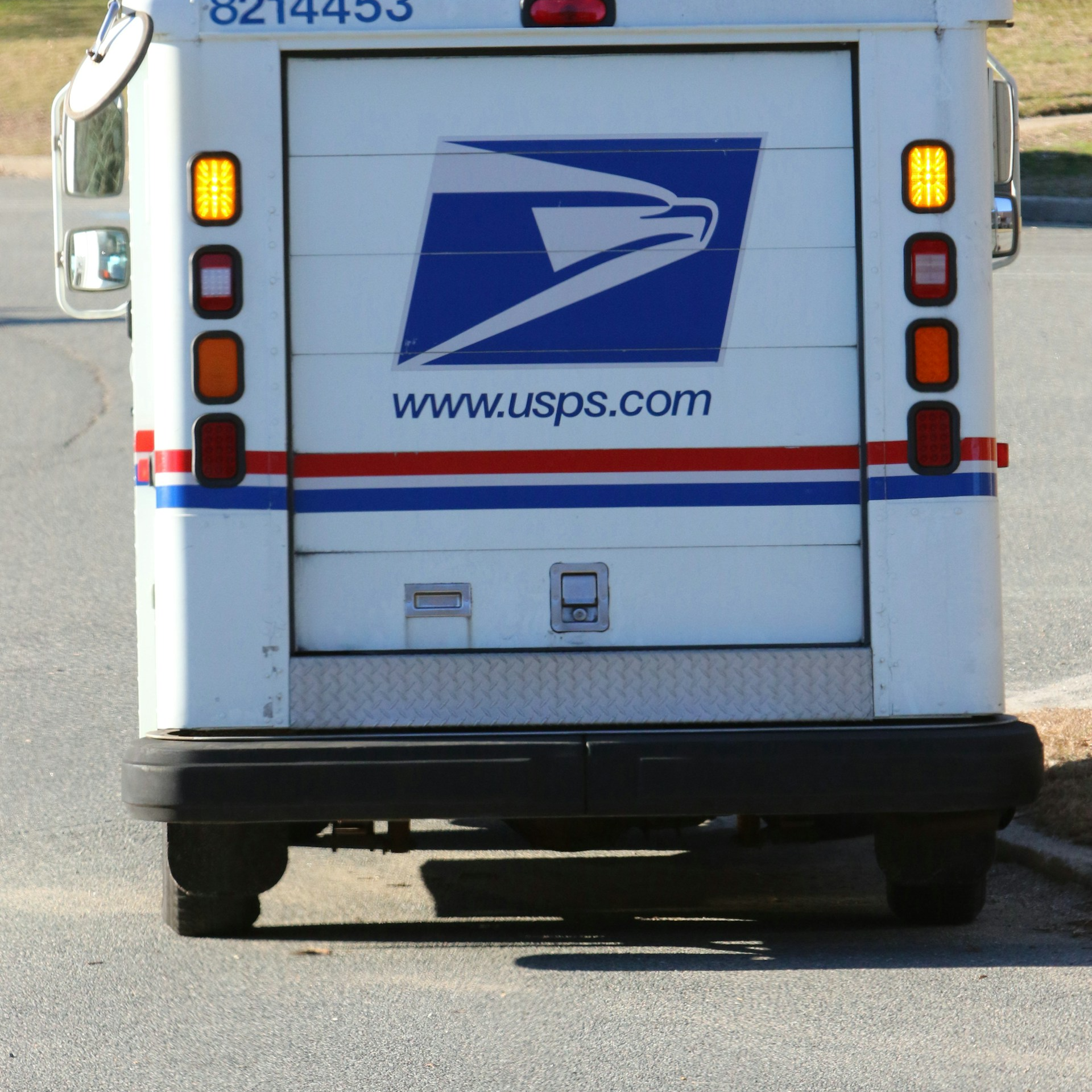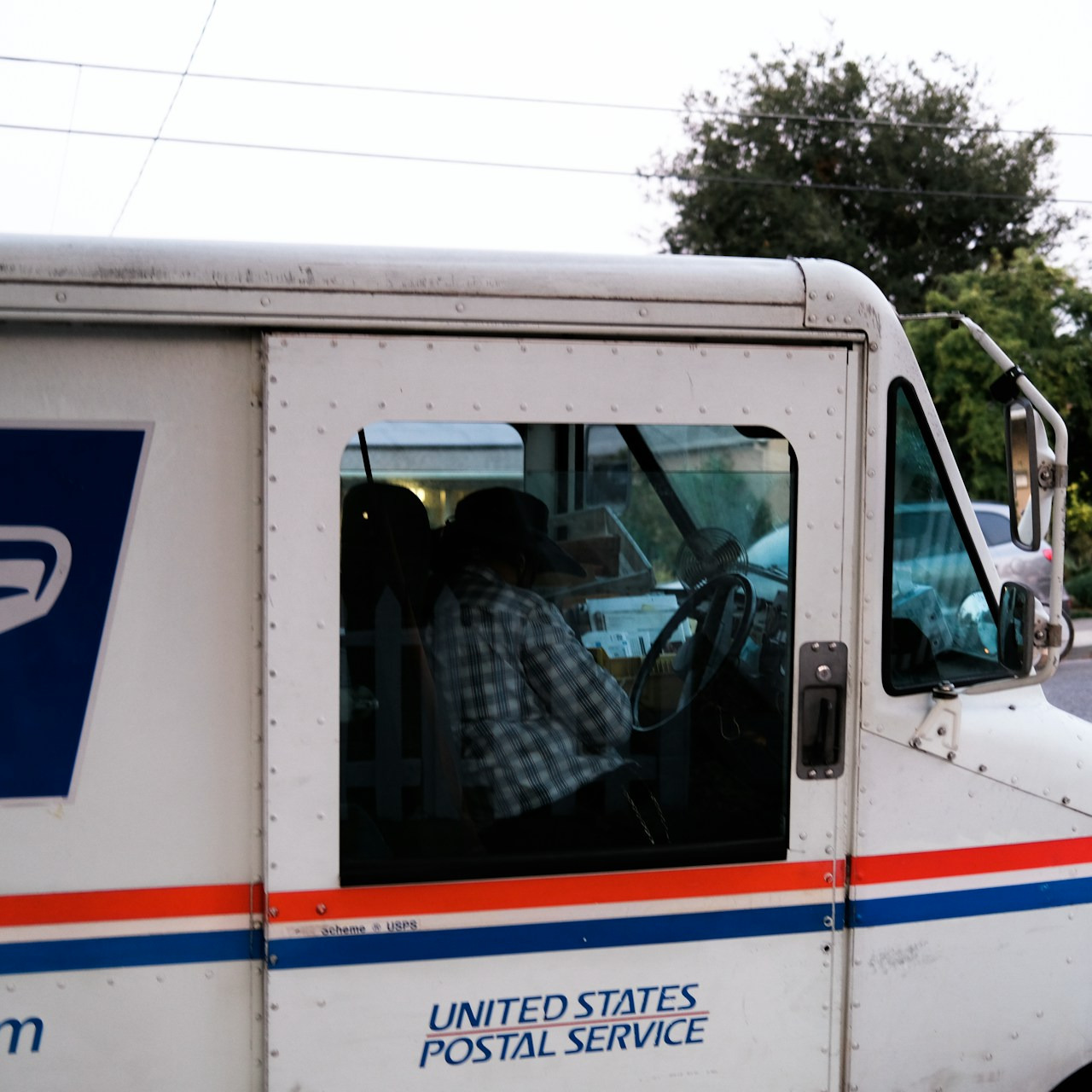Key Takeaways
-
Pairing Medicare with your Postal Service Health Benefits (PSHB) coverage in 2025 can significantly lower your out-of-pocket healthcare expenses, but only if you understand how the plans work together.
-
Enrolling in Medicare Part B alongside PSHB is required for many postal retirees to maintain full coverage, and it can open the door to additional cost-sharing benefits.
Understanding How Medicare and PSHB Interact
When you become eligible for Medicare, typically at age 65, the interaction between your PSHB coverage and Medicare begins to matter in practical, financial ways. In 2025, PSHB plans coordinate benefits with Medicare Parts A and B to help reduce your out-of-pocket costs, but the coverage mechanics differ slightly from what some postal retirees might expect.
Here’s what you need to know:
-
Medicare First, PSHB Second: When you have Medicare Parts A and B, Medicare pays first. Your PSHB plan acts as secondary coverage.
-
Lower Copayments and Coinsurance: With Medicare covering most of the major medical costs first, your PSHB plan usually picks up the rest, often meaning no copayments or coinsurance for many services.
-
Prescription Drug Coverage: PSHB plans automatically integrate Medicare Part D prescription drug coverage through an Employer Group Waiver Plan (EGWP) at no extra enrollment step for you.
Medicare Part A, B, and D: Your Starting Points
In 2025, the structure of Medicare remains critical:
-
Part A covers inpatient hospital stays, some skilled nursing facility care, and hospice.
-
Part B covers outpatient care, doctor visits, and preventive services.
-
Part D provides prescription drug coverage, now integrated automatically into your PSHB plan if you are Medicare-eligible.
Costs to Keep in Mind
-
Part A: Free if you paid Medicare taxes for at least 40 quarters.
-
Part B: Standard monthly premium is $185 in 2025.
-
Part D: Part of your PSHB plan, with out-of-pocket costs capped at $2,000 for prescriptions.
Understanding these parts is key to using PSHB effectively alongside Medicare.
What Changes When You Pair PSHB With Medicare
When you are enrolled in both Medicare and PSHB, several things shift in how your health coverage works:
-
Deductibles May Be Waived: Some PSHB plans waive deductibles for enrollees who have Medicare Parts A and B.
-
Lower Out-of-Pocket Maximums: Your combined expenses for covered medical services typically decrease.
-
Access to More Providers: You have the broad Medicare provider network plus your PSHB network.
This combination often means more extensive coverage at a much lower personal cost.
Timing: When You Must Act
Timing matters when coordinating Medicare and PSHB benefits:
-
Initial Enrollment Period (IEP): Your IEP begins three months before you turn 65, includes your birthday month, and extends three months after.
-
Special Enrollment Period (SEP): Postal retirees who are Medicare-eligible had a PSHB-related SEP between April 1 and September 30, 2024.
-
Annual Enrollment Period (AEP): Each year from October 15 to December 7, you can review and adjust your Medicare coverage.
If you missed previous deadlines, you might face late enrollment penalties for Medicare Part B.
How PSHB Plans Integrate Medicare in 2025
Many PSHB plans are designed to work hand-in-hand with Medicare by offering additional benefits to Medicare enrollees:
-
Waived Deductibles: Certain plans waive the medical deductible entirely if you have Medicare Parts A and B.
-
Reduced Copayments: You may pay less (or nothing) for services like primary care visits and specialist appointments.
-
Expanded Pharmacy Networks: Access to more pharmacies through the integrated Part D benefit.
-
Premium Reimbursements: Some PSHB plans provide partial reimbursement of your Medicare Part B premium, though this varies.
It’s important to check the specifics of your PSHB plan documents to understand exactly what integration benefits apply.
Prescription Drug Coverage: How It Works in 2025
If you are Medicare-eligible and enrolled in a PSHB plan in 2025:
-
Automatic Enrollment in Part D EGWP: Your PSHB plan automatically includes a Medicare Part D Employer Group Waiver Plan.
-
Out-of-Pocket Cap: You benefit from a $2,000 annual cap on prescription drug spending.
-
No Late Enrollment Penalties: Enrollment in the EGWP satisfies Medicare’s Part D coverage requirement.
If you opt out of the EGWP coverage offered by your PSHB plan, you risk losing drug coverage altogether.
In-Network and Out-of-Network Coverage
Pairing Medicare with PSHB enhances your options:
-
Medicare’s Network: You can see any provider who accepts Medicare.
-
PSHB’s Network: Access to in-network benefits and negotiated rates.
If a provider accepts Medicare but is out-of-network for your PSHB plan, Medicare still pays first. Your out-of-pocket costs depend on how your PSHB plan treats out-of-network services after Medicare’s payment.
Financial Protections in Place for 2025
In 2025, Medicare and PSHB integration offers solid financial protections:
-
Out-of-Pocket Caps: Medicare Part D prescription drug costs are capped at $2,000.
-
PSHB Out-of-Pocket Maximums: PSHB plans have defined caps for in-network services: $7,500 for Self Only and $15,000 for Self Plus One or Family coverage.
-
Reduced Exposure: Having Medicare first and PSHB second significantly lowers your risk of high unexpected medical bills.
Understanding these limits is crucial when estimating your healthcare costs for the year.
What Happens If You Only Have PSHB Without Medicare?
If you decline to enroll in Medicare Part B when eligible and only keep PSHB:
-
Higher Out-of-Pocket Costs: Your PSHB plan acts as your primary payer, and you are responsible for costs that Medicare would have paid.
-
Potential Loss of Benefits: Some PSHB plans reduce coverage levels or increase cost-sharing for members who are eligible for but not enrolled in Medicare Part B.
-
No Premium Reimbursement: You lose eligibility for any Medicare Part B reimbursement features.
Keeping both Medicare and PSHB is often the financially safer and more comprehensive option.
Special Considerations for 2025
Several unique 2025-specific factors are in play:
-
New Medicare Part D Out-of-Pocket Cap: High prescription drug users benefit greatly from the $2,000 cap.
-
First Full Year of PSHB Operation: 2025 is the first full year of PSHB after the transition from FEHB.
-
Medicare Part B Premiums: Monthly standard premium set at $185.
Postal retirees should stay alert to these changes to avoid gaps in coverage or unexpected costs.
Making the Most of PSHB and Medicare Together
To optimize your coverage and costs:
-
Enroll in Medicare Parts A and B as soon as eligible.
-
Review your PSHB plan’s benefits coordination details carefully.
-
Compare out-of-pocket maximums and deductibles under different plans.
-
Use both Medicare and PSHB provider networks strategically.
-
Stay updated during each Annual Enrollment Period.
Taking the time to understand and adjust your health coverage can protect both your health and finances.
Why Paying Attention to Details Matters
Pairing Medicare with PSHB can deliver stronger, more cost-effective health coverage. However, overlooking timing, coordination rules, or plan details could leave you paying more out-of-pocket than necessary. Reading your PSHB materials thoroughly, understanding how Medicare fits in, and planning ahead each year are the best ways to keep your coverage working for you.
If you have questions about your PSHB and Medicare options, get in touch with a licensed insurance agent listed on this website for personalized assistance.












